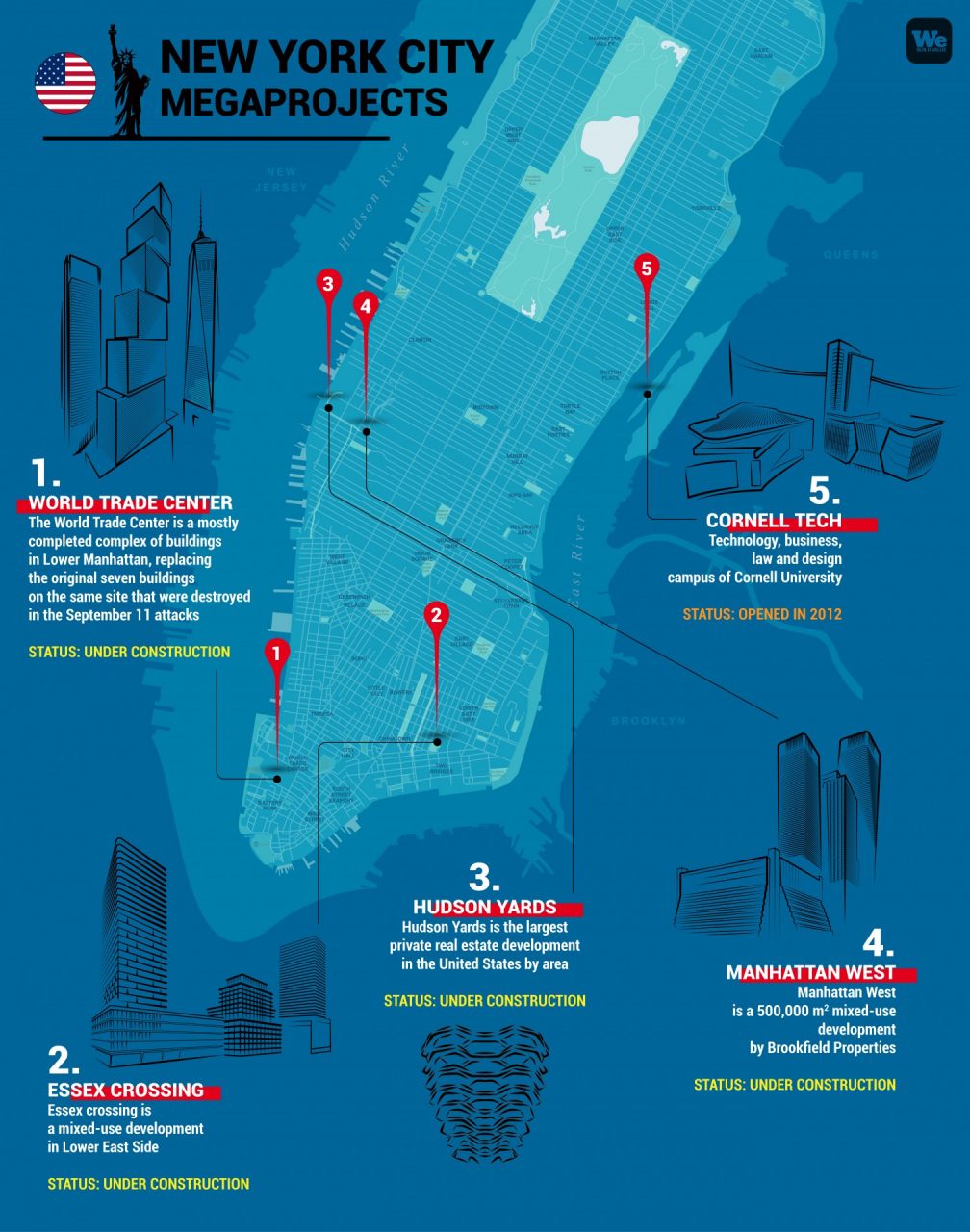The spirit of New York City survives in millions of ways. Sylvia’s, one of Harlem’s best-known African-American restaurants and a favorite of Barack Obama and Bill Clinton, invited all its customers to pitch in during the coronavirus emergency: order food online, photograph the dish on their table at home, and post it on Instagram. The slogan? “Harlem Strong.”
In just a few hours, the initiative has become a symbol for “the city that never sleeps” at a time when it has been forced to close its non-essential businesses. “You’ll never stop New York City,” the city’s firemen wrote on their T-shirts in the days after the terrorist attack of September 11, 2001.
Nineteen years later, however, the Big Apple really does seem destined to stop. The Covid-19 health emergency in the United States is hitting its most iconic city harder than anywhere else, with the highest number of infections and an evident difficulty in containing the spread of the virus. The crisis is being managed by the city’s administration along with the governor of New York State and the federal government of the United States. So far, it has not halted all of the Big Apple’s businesses. Especially those that are working to build the city of the future.



